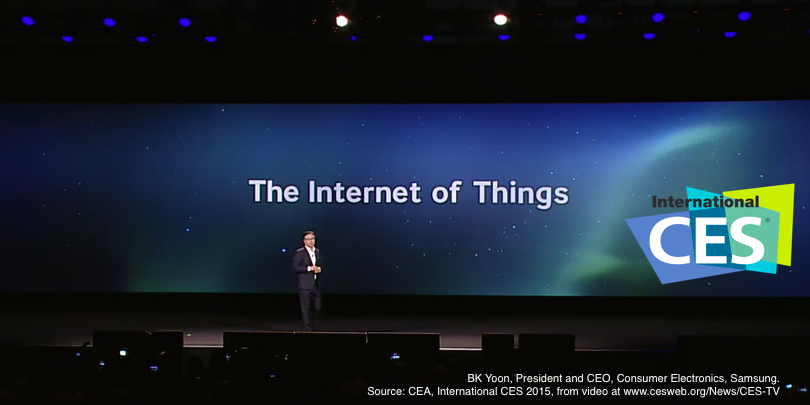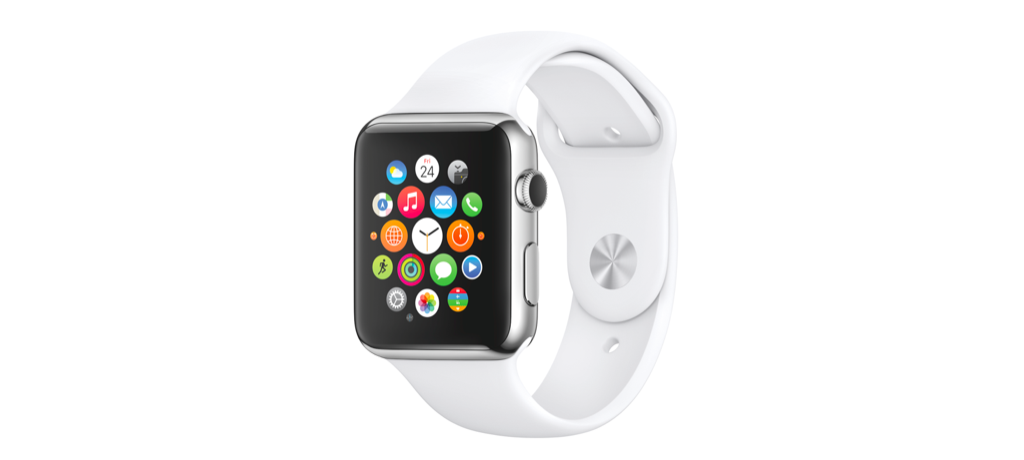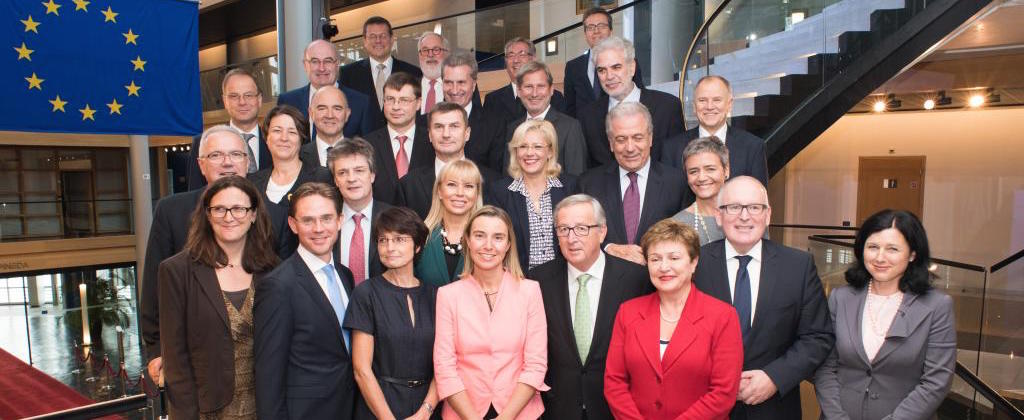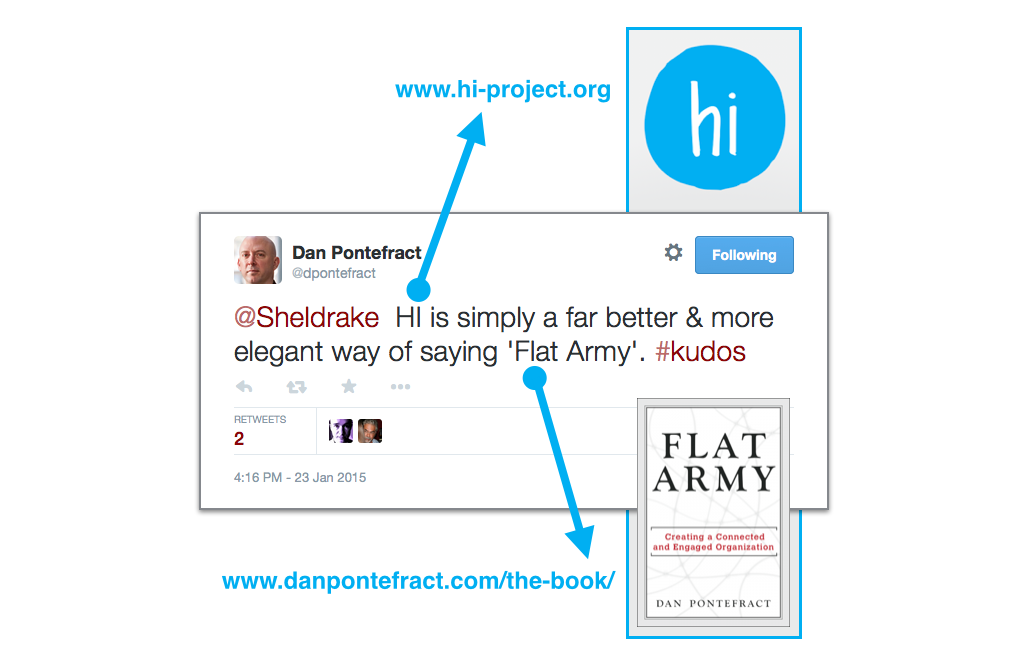
Billed by the Consumer Electonics Association (CEA) as the global stage for innovation, International CES 2015 is taking place this week in Las Vegas. BK Yoon, Samsung’s President and CEO of Consumer Electronics, kicked things off with a keynote on the topic of the Internet of Things.
Here’s an important quote (and on YouTube):
IoT technology is not about things. Instead, it is about people. [For everyone] … an ‘IoT for you’. Each of us will be at the center of our very own technology universe. An IoT universe that constantly adapts and changes shape as it moves through our world. In other words we are bringing the physical and the digital worlds together. This will revolutionize our lives.
The emphasis of physical + digital, and of people + things, is very reminiscent of the proposition for the Internetome conference in 2010, an event I was delighted to have CEA sponsor alongside Intel and Qualcomm. The conference played an integral role in the formation of the hi:project, and here’s how we presented it:
The Internet of Things marks the unprecedented intertwining of the Internet with the ‘real world’: the intangible information space with the tangible living space; ubiquitous computing and the informational augmentation of reality.
To date, we have employed ‘real world’ metaphors to aid our naming, definition and understanding of information technology, such as the biologically sourced terms web, bug, virus, worm, memory, backbone and sensor. And with the advent of the Internet of Things, IT now interweaves with the reality that provided the metaphors.
The suffix -ome was then adopted for its use in describing the object of study in a biological field.
I interpret Yoon’s keynote as a ringing endorsement for the hi:project’s ambition (he hasn’t mentioned it himself just yet!), specifically this from our ‘about us‘:
We celebrate the human not the user, the individual not the worker, the person not the consumer, helping everyone contribute more value to and derive more value from society and the organizations in their lives.
Moreover, Samsung has form in approaching IoT openly as members alongside the likes of Cisco and Intel of Open Interconnect. This consortium exists to develop and champion the interoperability of connected devices, and the hi:project attempts a complementary sort of thing with the emphasis squarely on people.
The perfect storm for a Happy New Year
We are energized by the enthusiasm shown for the hi:project since we went public mid-September. We’ve been a bit quiet on the blogging front while we attend to some interesting conversations with organizations that may help us pursue our ambitions faster than otherwise, but please know we’ll tell you about these as soon as we possibly can. In the meantime, please do continue to talk about our goals with friends and colleagues.
To me, the trends for 2015 are a perfect storm in a good way for the hi:project. The Internet of Things is coming of age. There are wearables galore. Privacy is never far from the headlines, and drafting continues for the EU privacy directive due 2016. Dystopian futures absent the hi:project are now getting airtime. And digital business pundits continue to plot the evolution of bring-your-own-everything.
Happy New Year.







